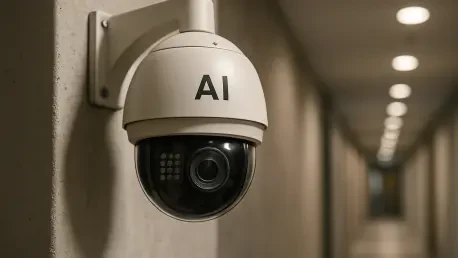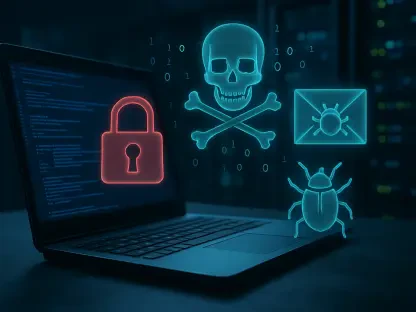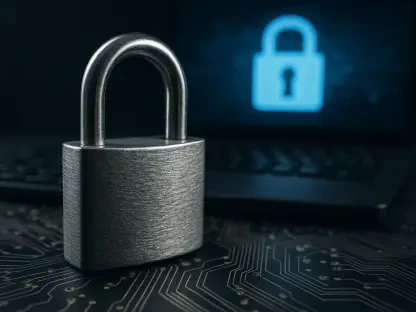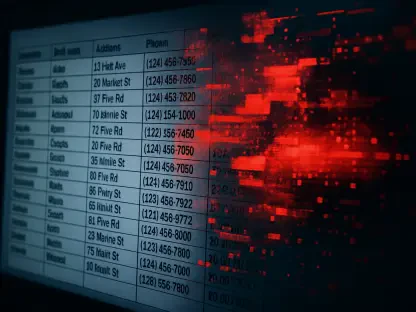The rise of IoT cameras has transformed security and surveillance, offering unprecedented access to live feeds and data transmission over the internet. However, these technological advancements have uncovered severe security gaps. Recent investigations have indicated that nearly 40,000 IoT cameras worldwide, including 14,000 in the United States, possess vulnerabilities that can be easily exploited. This raises significant cybersecurity concerns as unauthorized parties may access live camera feeds from sensitive locations, including healthcare facilities, data centers, and factories. The potential for espionage and other malicious activities underscores the urgency to address these security lapses.
Current State of IoT Camera Security
Growth and Adoption Trends
The proliferation of IoT cameras reflects a notable trend in both consumer and industrial sectors. As of recent years, the deployment of internet-connected cameras has been expanding at an accelerated pace, driven by advancements in technology and increased demand for surveillance. Statistics illustrate a considerable rise in adoption with millions of devices integrated into security systems globally. This growth trend highlights both an opportunity and a challenge, as organizations must balance technological benefits against potential security risks.
Real-World Applications and Vulnerabilities
In practical terms, IoT cameras are widely utilized for security monitoring, remote access, and operational efficiencies across various industries. However, real-world applications expose several vulnerabilities. For example, a cybersecurity study by Bitsight uncovered how simple web browsers could access unsecured camera feeds through open URLs without sophisticated hacking efforts. The cameras’ reliance on HTTP and RTSP technologies, lacking robust security protocols, results in significant exposure to cyber threats. This vulnerability can lead to unauthorized access to environments ranging from private homes to critical infrastructure.
Expert Insights and Perspectives
Industry experts have consistently voiced concerns over the security gaps plaguing IoT cameras. Leading cybersecurity professionals and thought leaders emphasize the critical need for manufacturers to implement more stringent security measures. Their insights reveal both challenges and potential impacts, suggesting that current security protocols are insufficient to protect against sophisticated cyber threats, including those orchestrated by state-sponsored actors and cybercriminals.
Future Implications of IoT Camera Security Gaps
The future of IoT camera security is poised at a juncture where decisive actions must be taken to mitigate risks. Addressing these vulnerabilities could involve the development of advanced encryption standards and comprehensive cybersecurity frameworks. As the technology continues to evolve, the landscape might see increased effort toward securing IoT devices, balancing innovation with safety. However, without proactive security implementations, the risks of espionage and unauthorized surveillance could potentially escalate, affecting both national security and personal privacy.
Conclusion and Call to Action
Key findings emphasize the need for immediate attention to IoT camera security. The uncovered vulnerabilities have pointed to both strengths and weaknesses in current devices. It has become evident that addressing these gaps requires a concerted effort from manufacturers, regulatory authorities, and end-users to enforce stringent security standards. Advancing forward, adopting robust encryption protocols and ensuring compliance with cybersecurity regulations will pave the way for safeguarding sensitive environments from unauthorized access, ultimately enhancing trust in IoT technologies.









